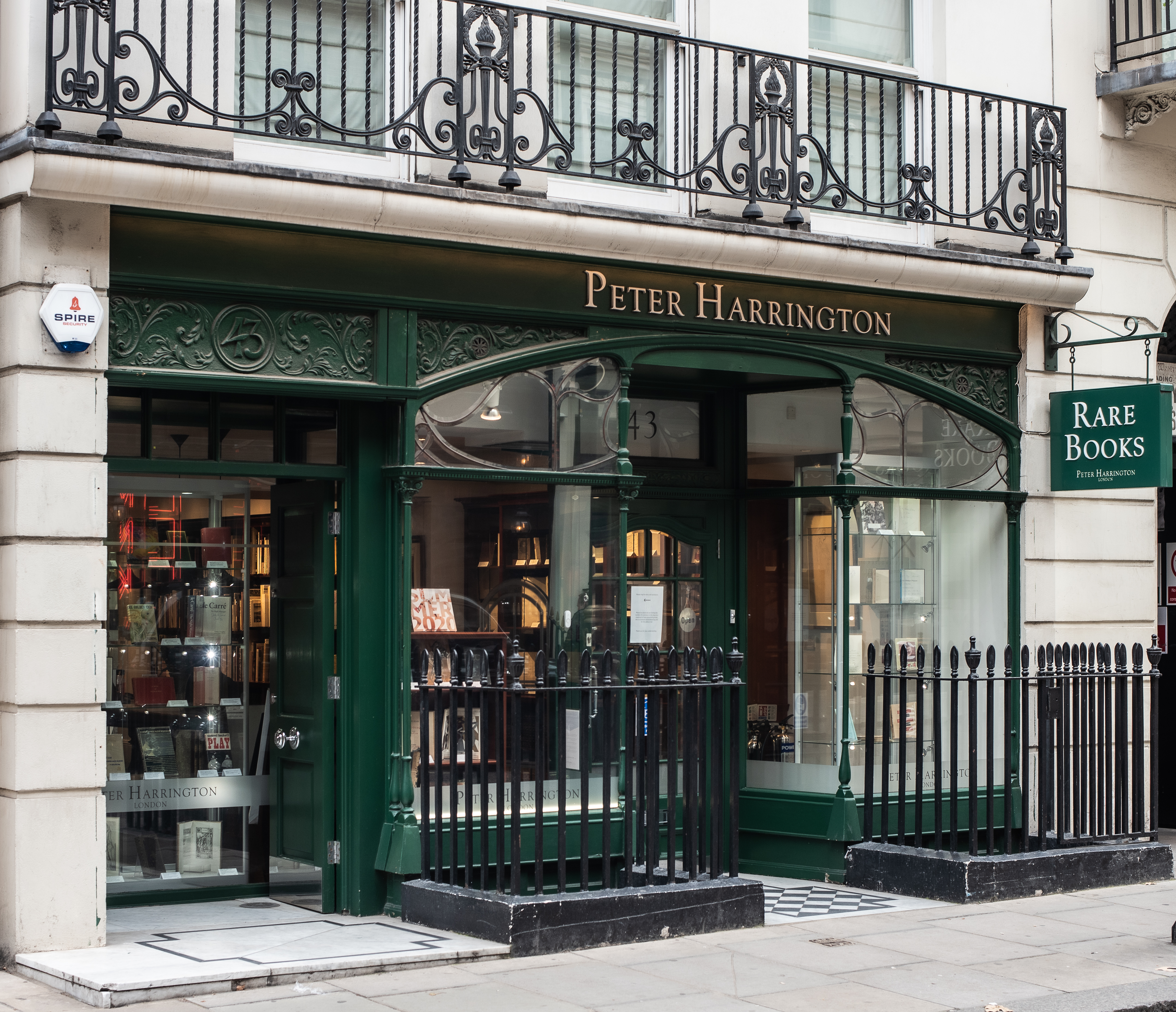Paris: Saillant & Nyon,, 1771. A wealth of scientific and geographical detail about the Pacific Ocean First edition of this account of the first French circumnavigation. Bougainville travelled to the Falkland Islands in 1766 to formally deliver the French settlement to Spain, continuing into the Pacific and around the world. The clandestine passenger Jeanne Baret, disguised as a man, became the first woman on record to have circumnavigated the globe. Louis Antoine de Bougainville (1729-1811) studied law but abandoned it to join the army as a musketeer in 1753, serving in the Seven Years War. He was later appointed commander of the frigate La Boudeuse and the transport L'Étoile, setting sail in December 1766. He entered the Pacific in 1768 and landed on Tahiti, claiming it for France, unaware of the visit of Samuel Wallis nine months earlier. On Tahiti, it was discovered that the botanist's valet was a woman, Jeanne Baret, who enlisted as Jean Baret. The ships continued due west through Samoa and the New Hebrides, eventually making the first recorded European sighting of the Great Barrier Reef. Turning north 100 miles from the coast of Queensland, he passed through New Guinea to the Solomon Islands, proceeding thence to the Moluccas where the Dutch allowed him to refit. Bougainville carried on to Djakarta and Mauritius and then home to St Malo. He was in Buenos Aires when the order of the expulsion of the Jesuits of Paraguay arrived, which he describes in detail. Bougainville's name is given to the largest member of the Solomon Islands and to the strait which divides it from the British Island of Choiseul. It is also applied to the strait between Mallicollo and Espiritu Santo Islands of the New Hebrides group, as well as to the South American climbing plant Bougainvillea. The book is notable for the influential description of Tahiti, which Bougainville christened New Cythera after the abode of Aphrodite. "It is difficult to overstate the importance of the discovery of Tahiti on the European imagination of the context of utopian projections seemingly becoming real. Tahiti rapidly permeated European mythology" (Arthur, p. 82). His description of Tahiti and other South Sea islands also includes a 300-word vocabulary. Bougainville's account of the Tahitians followed the lead of thinkers such as Jean-Jacques Rousseau, who was "popularizing the idea of the natural man in Europe. Denis Diderot, inspired by Bougainville, drew upon Rousseu's ideal of a natural state of humanity in his Supplement au voyage de Bougainville, a work that can be understood as a commentary on colonialism" (ibid. p. 82). Quarto (250 x 185 mm). With 3 engraved plates of boats, 20 maps and charts, most of them folding, woodcut head- and tailpieces and historiated capitals. Contemporary French cat's paw calf, tan morocco label, spine gilt in compartments, triple-ruled gilt panel to boards, marbled endpapers and edges. 18th- or early 19th-century stamp of the Bibliothèque de Montmirail to title and last page. Skilful restoration to spine ends, front joint, and fore edge of rear board, 100 mm closed tear to one fold of world map (facing p. 18), loss to bottom corner of sig. Xxii, not affecting text, small nick to head of inner hinges of two gatherings. An excellent copy. Hill 163; Howgego I, B142; Sabin 6864; Speake I, p. 122-3. Paul Longley Arthur, Travel Writing and the Antipodes 1605-1837, 2011.
















